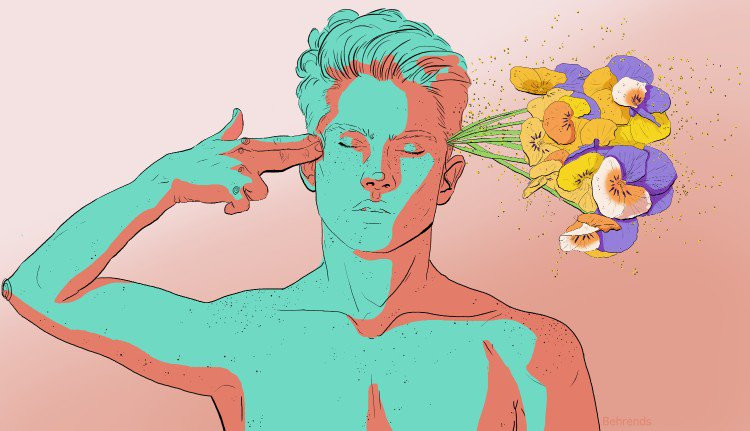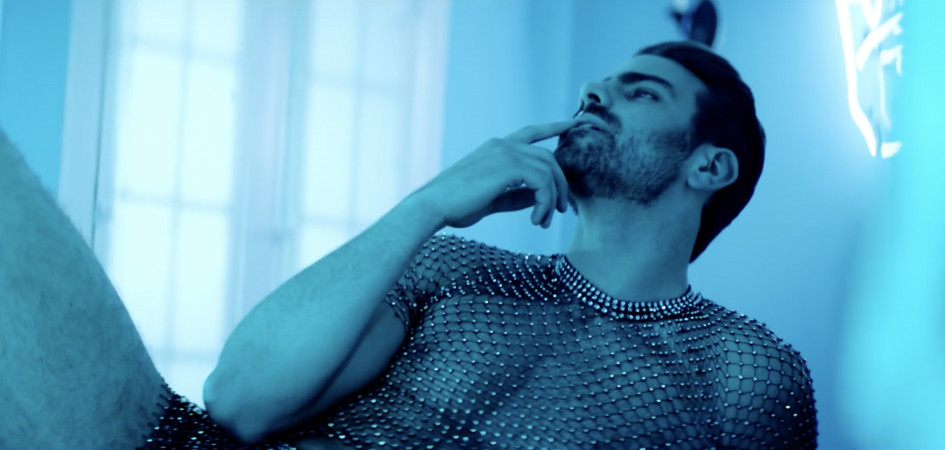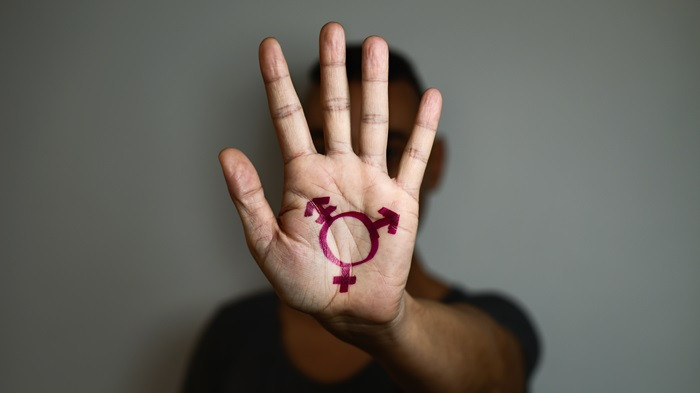Gender and identity play in visual codes by Röya and Murad Arif?
Analysis of "Boomerang" music video
26/May/25
2636
Gender and identity play in visual codes by Röya and Murad Arif?
Röya and Murad Arif’s new music video “Boomerang” is not just a story of heartbreak — it’s a layered visual and performative exploration of gender roles, digital distortion, and identity expression. While the lyrics speak of a lover who always returns, the video’s aesthetics open a more symbolic, multi-dimensional world.
“Accept me as I am — and don’t try to change me.” This lyric speaks not only to romantic boundaries but also to the human desire to be seen and accepted in one's own identity. In the video, Röya appears as a glamorously femme figure — yet her portrayal is continuously disrupted: she is fed by male hands, casts masculine shadows when she dances, and her lips are projected onto Murad’s face.
Murad, in turn, engages with femininity through digital filters — adorned with glossy lips, earrings, and sequined outfits — subtly blurring gender boundaries through stylized play. These visuals don’t make overt queer declarations, but they gently suggest queerness as a possibility rather than a confrontation.
The “boomerang” metaphor, then, is more than emotional return. It could also signify a return to the societal expectations around gender, which both artists appear to question and remix. Through screens, shadows, and fragmented bodies, the video stages the instability and multiplicity of modern identities.
Given Murad Arif’s past public support for LGBTQI+ rights — still rare in Azerbaijan’s cultural sphere — it’s hard to see this visual language as accidental. Röya, ever a chameleon of femininity, presents herself not as a fixed symbol, but as one in constant transformation — fluid, not static.
Powered by Froala Editor



